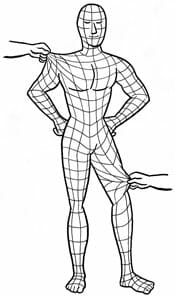What is Fascia, and how does it affect the way I stand?
Fascia is a thin, sheet-like connective tissue surrounding your muscles, organs, and other structures. It can be found just beneath the skin’s surface or around blood vessels and nerves. Fascia helps hold these structures together, but it also plays an essential role in using your muscles. For example, when you move your arm up to touch your nose, your biceps contract to turn the joint at the elbow joint, while the fascia provides stability for this movement.
Fascia: more than just packing material
Early anatomists considered fascia as little more than a membrane or ‘filling’ substance. They dismissed it as being in the way of ‘true’ anatomy study. It would often be removed and discarded to look at what was happening within the muscle. How wrong they were, and thankfully, this thinking has changed with more and more research supporting and demonstrating the important functions of the fascial system.
What is fascia made of?
Fascia is made up of various substances, including collagen, elastin, and proteoglycans. It’s flexible and can stretch to accommodate movement. These substances work together to provide strength and elasticity. As a result, fascia can stretch up to 50% of its resting length in some cases!
What are the 3 types of fascia?
No! It’s important to remember that fascia can be found throughout the body and various locations. There are many different types of fascia, depending on where it is located. Each type has its own unique functions and characteristics.
The three main types of fascia are:
- Superficial fascia is the most superficial layer, which can be found close to the skin. It creates a boundary between the skin and muscles, keeping them separate while helping to distribute mechanical tension across these two structures.
- Deep fascia makes up the deepest layer of fascia, which lies underneath the other types. It supports and surrounds muscles while connecting them into functional groups that work together during movement. This pearly white tissue has a band-like solid quality.
- The visceral fascia covers the exterior of organs and connects them to other structures, such as muscles. It also provides a lubricated surface for organs to glide against each other.
Why is fascia so significant to us?
Reinforcing the need to look at the body as an interconnected 3 Dimensional Structure
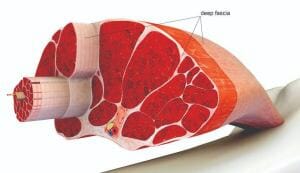
How can I visualize connective tissue?
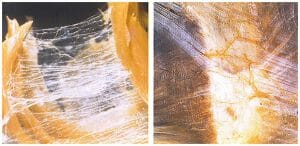
The fascial connection between fascia and posture
Fascia works in exciting ways to help you get your posture right! It can hold a lot of tension, and fascial lines throughout the body can all interact with each other. Known as tensegrity, this tension will cause the connective tissue to pull upon neighboring fascial tissue when one area is tight or lengthened. Possibly creating changes in posture over more significant areas of your body.
For example:
- The fascia on your head may tighten as you spend a lot of time looking down at a computer screen, creating a forward head posture.
- Tight fascia in the front of your neck can cause your shoulders to roll forward and create rounded upper backs.
How does fascia affect my standing posture?
Fascia is important for your standing posture because it provides support and stability while allowing freedom of movement. In addition, your fascial system works with your muscles to help you maintain the position in which you are standing.
As fascia tightens and shortens, it will pull on its neighbors, creating changes in the way your muscles work together to help you stand.
In addition, when the fascia is tight or shortened, it will reduce the space in between your bones. This reduced space will cause your muscles to work harder, increasing muscle tension and stiffness throughout your body rather than lengthened or loose.
Why do restrictions in fascial tissues cause health problems?
The Fascial System, which links all the segments of the muscular system when the body is healthy, may also reshape the body when it is pulled out of alignment.
PostureGeek.com Tweet
Fascia is non-living mainly, and it is through the movement of muscles that its healthy state is maintained. Therefore, if for some reason mobility is compromised due to trauma or lack of use, then directional pulls on fascial sheets or the ability of the fascia of one muscle to move on another may be limited or completely impaired.
As an example
Imagine you have a fall and injure your left leg, and as a result, you limp for a few weeks.
This limping will be altering the natural ‘function’ of your walking pattern.
Your left hip may rise higher than your right to compensate. Your head may also be thrust forward to balance your hips.Imagine if you were to just go on with this pattern. Then, over time, things would ‘heal’ with a new pattern put in the place of your original. It is here that the problems arise.
Visualize our example of the injured leg
As the altered patterns push the body out of alignment, the elastic fascial tissue will take on the newfound limitations of movement and posture.
This may lead to creating a new sense of what it may feel like to be standing “upright” or moving forward as all parts of the body conform to this new ‘you’.
It’s essential to understand the role Fascia (Connective Tissue) plays in our bodies and how it affects posture.
Fascia is nonliving, elastic tissue that surrounds muscles fibers. When injured or not used for an extended period, these tissues can change your natural walking pattern, which may lead to new postures being formed.
Understanding this will help you prevent injury as well as maintain good posture.
What is Myofascia and its function?
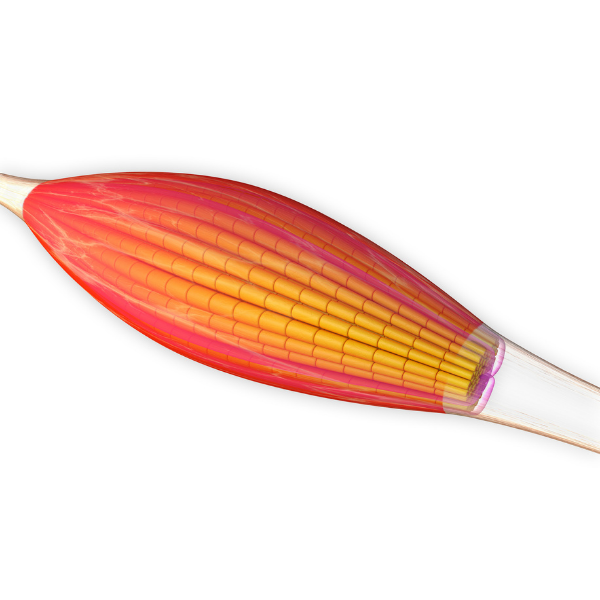
Myofascia consists of collagenous fibres surrounding muscle cells’ fascicles (or bundles).
A common misconception is that myofascia only lines the surfaces of muscles, but it also has many layers forming interior structures such as septa (partitions) between fascicle bundles.
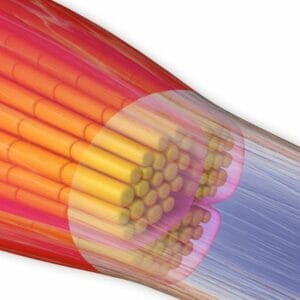
Evidence suggests that myofascial dysfunction may play a role in:
- Causing/perpetuating headaches and sinus pain,
- Pelvic organ dysfunction,
- Lower back pain,
- Shoulder problems,
- Plantar fasciitis, and
- Achilles injuries.
What is myofascial pain syndrome?
Myofascial pain syndrome is a condition that results in chronic musculoskeletal pain. The syndrome is caused by tight muscle fibers, which produces an abnormal feeling of tension when touched with finger pressure.
Myofascial pain syndrome has also been linked to Temporomandibular joint (TMJ) problems. However, the cause of this connection is not well understood. The fascia of the muscles that attach to the TMJ may become restricted, leading to jaw pain and potentially misalignment of the teeth.
People with myofascial pain syndrome need to understand that fascial tightness will affect their whole body. Therefore it may require professional treatment, typically involving massage, stretching, and other therapies to release fascial tension.
What are myofascial trigger points?
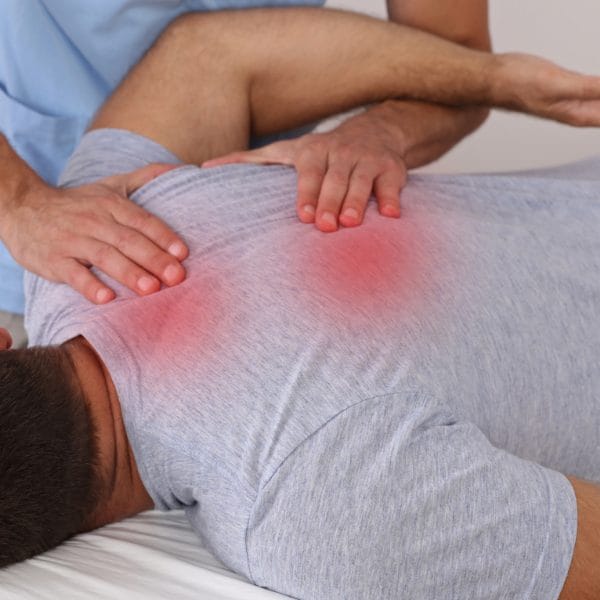
Myofascial trigger points are hypersensitive points in the connective tissue which produce pain when the fascia is touched. Myofascial trigger points are formed in response to stress on the fascia or trauma to the fascial tissue. They often require direct pressure to release any inherent tension.
Trigger Points can generate referred pain. For example, suppose you have a trigger point in the fascia of your Tricep muscle. In that case, even when you press on it directly to release fascia tension, you may experience muscle pain deep in your shoulder.
Is fascia the cause of my pain?
Fascia is a possible but not definite cause of your pain. This is because some muscles develop trigger points in response to stress on the fascia. At the same time, some fascial injuries are caused by illness, accidents or postural problems. Therefore, it can be difficult to pinpoint whether it’s fascia causing your pain.
Suppose fascia is the cause of your pain. In that case, it’s likely that fascia tightness affects all parts of your body and may require professional treatment to release any tension.
What can you do to help with fascia injury?
You can follow these steps to address possible injuries:
- Assess whether your fascial system is a definite cause of your pain.
- Apply fascia-friendly manual therapy that uses pressure to stimulate change and help it release tension.
- Avoid aggravating exercises, activities or movements.
- Stretch affected muscles once fascia releases to prevent it from tightening again.
- Apply fascia-friendly techniques in your training to prevent fascia stress.
- Retrain fascial tension through exercise.
There are a few things you can do to keep fascia healthy:
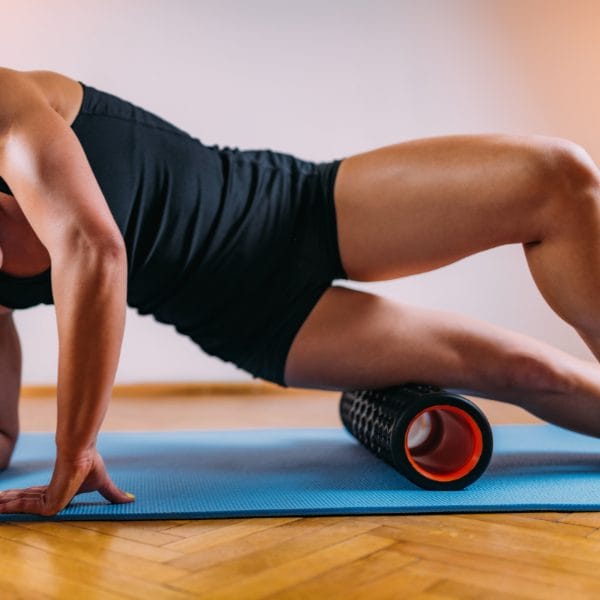
- Stretch regularly. When fascia is tight, it can restrict movement and cause pain. Regular stretching can help to keep tissue loose and healthy.
- Use fascia-friendly massage techniques. Massage can help to release fascial restrictions and keep it healthy.
- Avoid overuse or repetitive movements. When you repeatedly perform the same action, you may place stress on the fascia, leading to injuries.
- Stay hydrated. Drinking plenty of water helps to keep fascia healthy and lubricated.
- Exercise regularly. Exercise creates resilience in tissue, making it less likely to become injured.
- Eat fascia-friendly foods. Foods can affect fascia tension so eat a balanced diet.
- Avoid activities that place too much stress on your fascial system. If you do repetitive movements or force your fascia beyond its limits, you could injure tissue and cause pain. If you’re an athlete or have a physically demanding job, consider how your movements affects your body’s performance.
Finally
Fascia is an essential part of our health and well-being because it surrounds muscle fibers, covers bones, and connects muscle to bone within the body. When injured or not used for an extended period, fascia can change your body’s natural movement pattern, which may lead to changes to your posture – and movement. Therefore, understanding fascia is vital because it can help prevent injury and help you maintain good posture.
COMMON POSTURE PATTERNS
- KYPHOSIS LORDOSIS POSTURE
- FLAT BACK POSTURE
- SWAY BACK POSTURE
- HYPER ERECT POSTURE
- FORWARD HEAD POSTURE


